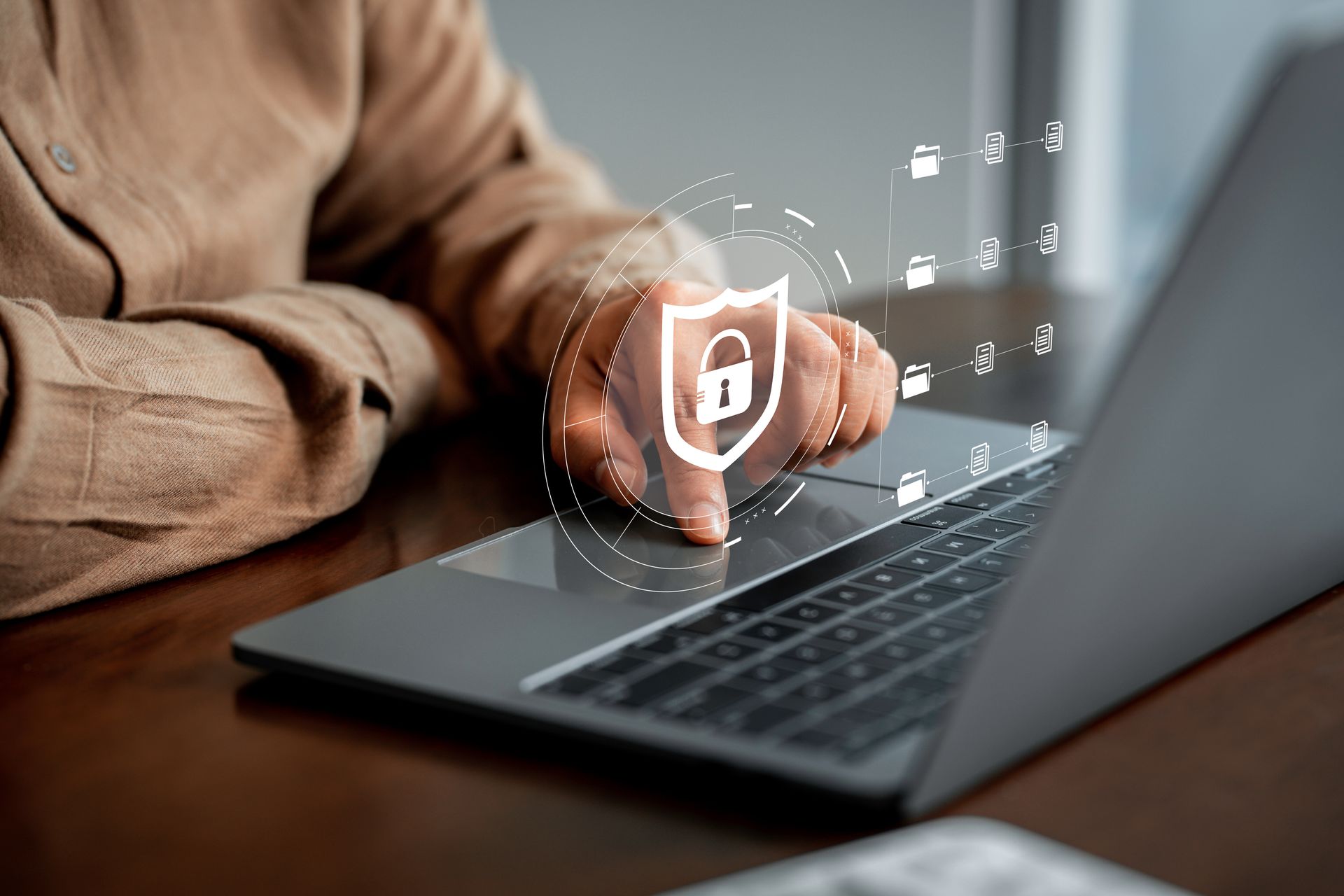Discover Why You Should Avoid Using Public WiFi
We’re all guilty of it: connecting to free public WiFi. Whether it’s at the coffee shop, hotel or airport, the temptation to check e-mail and surf the web is just too strong to resist. So BEFORE you connect to any free, public WiFi, make sure the connection is legitimate.
It’s not uncommon for hackers to set up fake clones of public WiFi access points to try and get you to connect to THEIR WiFi over the legitimate, safe public one being made available to you. Before connecting, check with an employee of the store or location to verify the name of the WiFi they are providing. Next, NEVER access financial, medical or other sensitive data while on public WiFi. Also, don’t shop online and enter your credit card information unless you’re absolutely certain the connection point you’re on is safe and secure.
Here are some reasons to avoid using public WiFi:
Spreading Malware To Your Computer
Using public WiFi gives hackers the perfect chance to take advantage of a software vulnerability or a weak spot that can be found in your operating system. Hackers can use this weakness to inject malware onto your device.
Man-in-the-middle attack
Another danger to using public WiFi is when a hacker uses an open and unsecure connection – they basically can put themselves in the middle of where information passes through from you to other websites. By being in the middle of where sensitive information such as passwords connect between you and other websites a hacker can gain access to all sorts of data such as account logins and personal transactions. Since public WiFi is often not secure this creates the perfect platform for a cybercriminal to places themselves in the middle of your transactions and capture your most sensitive information.
WiFi Hotspots
Beware of WiFi networks that sound legitimate but are not. Cybercriminals can take names of hotels, stores, etc. and name a WiFi connection a similar name. Using a similar name can trick you into thinking you’re connecting to a safe network when you are not. Furthermore, hackers can grab your sensitive information and steal it. Nonetheless, make sure the WiFi network you are connecting to is the correct name and a reputable source.
Tips for staying safe on public WiFi
- If you need to shop on the internet in Public Wi-Fi, you may want to considering using a VPN to keep you safe. A VPN stands for “Virtual Private Network.” A VPN provides a space that keeps hackers out while you can continue to work. It is an encrypted connection between your device and the VPN server. Adding another layer of protection while shopping online in a public space.
- Don’t allow your WiFi to automatically connect to open networks.
- Use a network that requires a password.
- Visit sites that only use HTTPS.
- Log out of all accounts (before you exit the WiFi network) and do not log into any sites that contain personal information such as financial info.
Interested in more tips on how to stay safe? Sign up for our weekly Cyber Security Tips today and receive a tip every week directly to your inbox. Click HERE to sign up!
The post Discover Why You Should Avoid Using Public WiFi appeared first on SDTEK | San Diego, CA.



